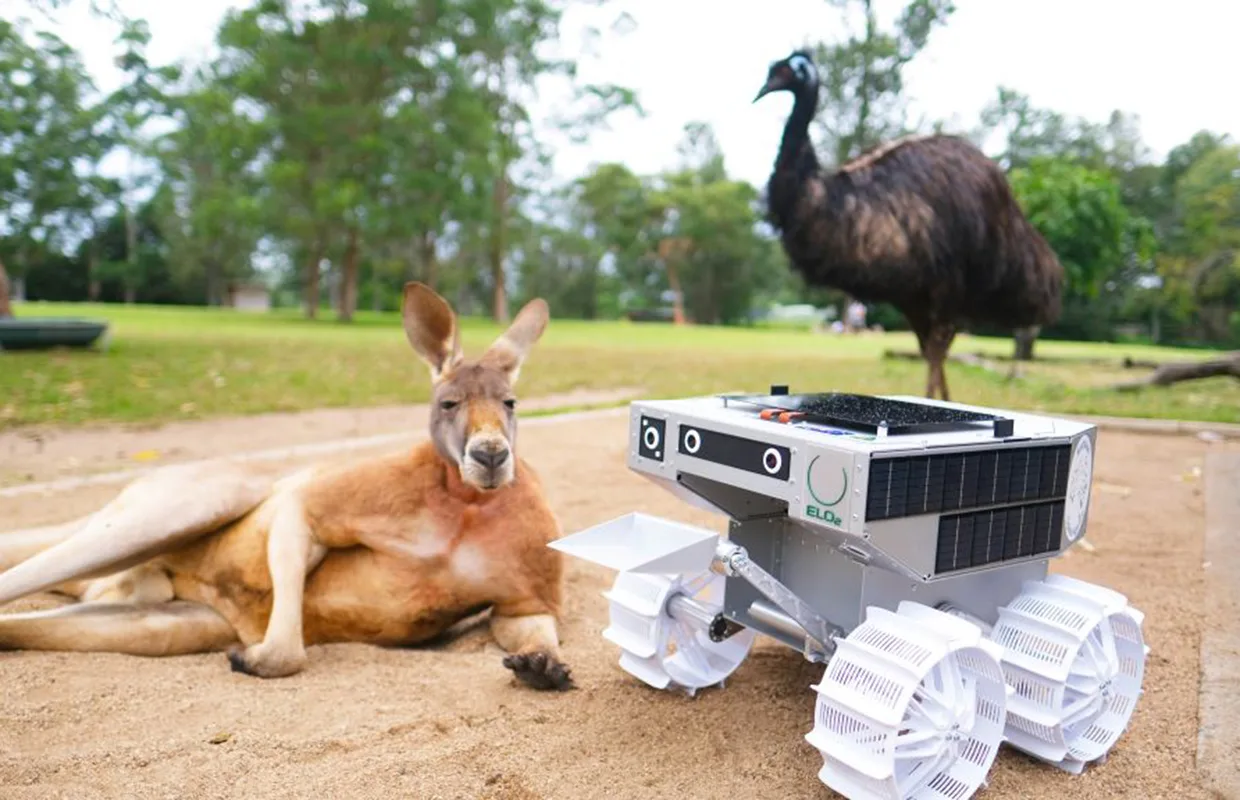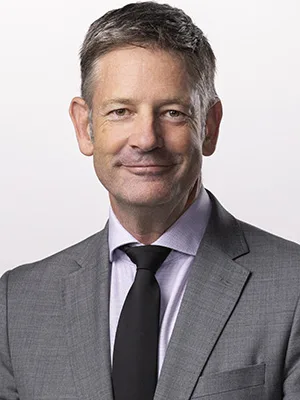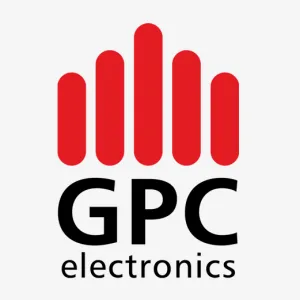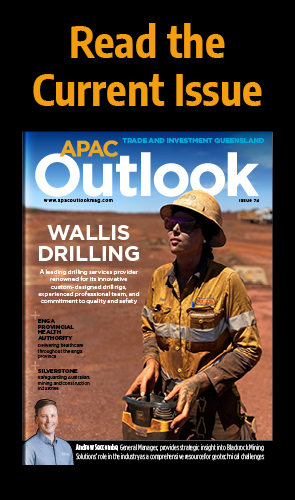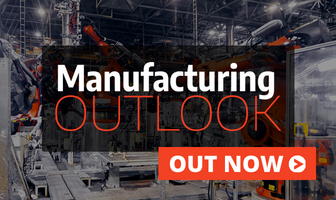Australia’s world-leading space facilities are strengthening national industries and providing the country with enhanced technological capabilities.
AUSTRALIAN SPACE SPOTLIGHT
The value of the global space economy surpassed USD$600 billion in 2023, and many experts predict it could be worth up to USD$1.8 trillion by 2035.
Australia’s space industry generates around AUD$4 billion in revenue annually and currently employs more than 16,000 people.
In recent years, Australia has adopted a “whole-of-government” approach to outer space, beginning to collate what was once a fragmented sector into a more coherent approach.
The Australian space sector recognises that the opportunities and challenges presented by space are too important – both commercially and strategically – to be dealt with by any one government department alone.
It also highlights a pressing need to collectively raise awareness of the importance of space exploration and development.
As the global depth, pace, and scale of space activities continue to increase year by year, Australians are dependent on this exciting frontier as it enables positioning, navigation, and timing (PNT) systems used for telecommunications, GPS, financial transactions, international banking, and shipping.
A swathe of Australian industries are embedded with, and benefit from, space technologies. For example, Earth observation data is used by the mining industry for resource exploration, mapping, and utilisation, and can help aid agriculture by tracking drought conditions, monitoring crop and soil health, and observing the weather.
Space equally saves lives in the fields of bushfire monitoring and response as well as emergency management for other natural hazards, such as floods and severe weather, by using satellite imagery.
During the 2019-20 Australian bushfire season, often referred to as the “Black Summer”, space-based data played a crucial role in supporting the management and control of the fires. Satellite imagery and remote sensing technologies provided real-time information on fire locations, intensity, and movement, which was essential for effective decision-making by emergency services.
Future generations will benefit from space-derived data which can provide information on the health of Australia’s ecosystems, including the Great Barrier Reef, and is integral to climate change mitigation, adaptation, and resilience.
Space technologies, capabilities, and data are also essential to ensuring the national security of Australia.
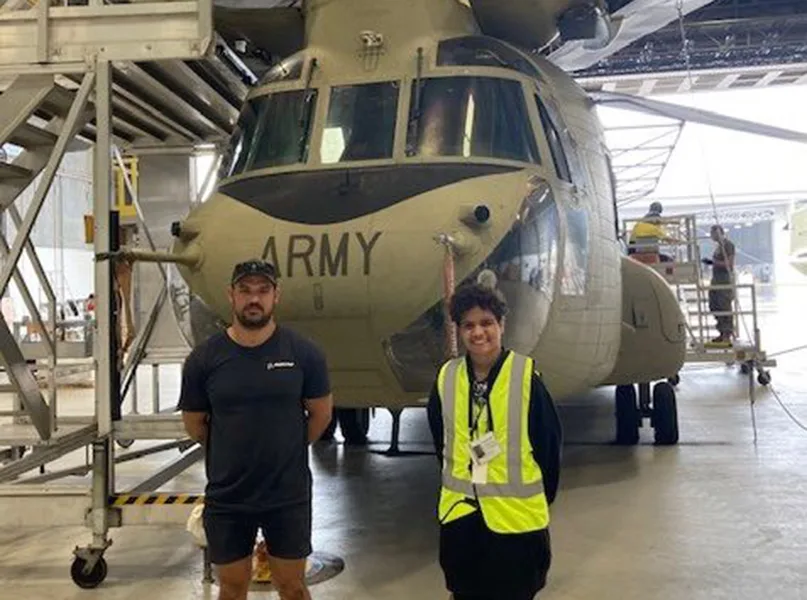
Q&A WITH THE SPACE INDUSTRY ASSOCIATION OF AUSTRALIA
The Space Industry Association of Australia (SIAA) is the national peak body for Australia’s space sector. SIAA works closely with its members across governments, international partners, academia, and industry to advance the country’s space sector and economy, as CEO, Dan Lloyd, tells us.
Firstly, could you talk us through the origins of SIAA – when was it founded and what was its initial vision?
Dan Lloyd, CEO (DL): SIAA’s story is much the same as the Australian space industry’s tenacity, innovation, and momentum.
It was founded in 1992 as a small volunteer-run organisation with an ambitious vision to establish and kickstart a thriving Australian space industry.
Together, we have been quietly driving extraordinary capability and growth ever since. A vital point in history was when Australia won the right to host the world’s biggest space forum, the International Astronautical Congress (IAC), in 2017, which really put it on the international stage.
The Australian Space Agency was then announced and established, and we now have a sector with over 600 space organisations. Additionally, SIAA has professionalised with a full-time CEO, team, and over 80 member organisations.
The fact that SIAA, the Australian Space Agency, and the Government of New South Wales (NSW) are hosting the IAC in Sydney in 2025 is a tremendous recognition of Australia’s increasing prominence in the global space industry and a catalyst for further growth.
Since its inception, how has SIAA developed and progressed in terms of its key objectives?
DL: The initial aim was to be the national peak body for the nation’s space industry, and we have undeniably achieved this with a membership that reflects the Australian space value chain and the recognition of SIAA as a trusted, authoritative voice in the Australian and international space sector.
We’re now looking to the future and remain focused on how Australia can capture the exponential socioeconomic and security opportunities that are ours for the taking.
What are currently the major challenges and developments in the Australian space sector?
DL: The major challenge for the Australian industry is making the leap from innovative start-ups to scale commercialisation. Whilst it is great to see the Australian government’s National Reconstruction Fund and private equity investing in high-potential, space-related companies, there is a need to develop better pathways that enable them to make the leap.
The Asia Pacific (APAC) region is full of space sector opportunities, with many countries including India, Japan, and New Zealand all driving growth and increasing collaboration.
There is also a real opportunity for Australia to be a regional leader in the Indo-Pacific region. The country hosted the 30th Asia Pacific Regional Space Agencies Forum last year in Perth, which offered a range of Australian companies and organisations the opportunity to engage with this important forum and highlight the nation’s capability to partners across the APAC region.
Australia has unique geographical advantages reinforced by its pivotal role in regional security partnerships, including the Quad, a diplomatic partnership between Australia, India, Japan, and the US, the highly successful International Space Investment (ISI) India Projects grants, and extensive business between Australian and Japanese companies.
The importance of US-Australia partnerships is highlighted by the Australia-US Technology Safeguards Agreement, which has enabled aerospace companies such as Southern Launch and Varda to deliver a world-first spacecraft return from low-Earth orbit to a commercial spaceport.
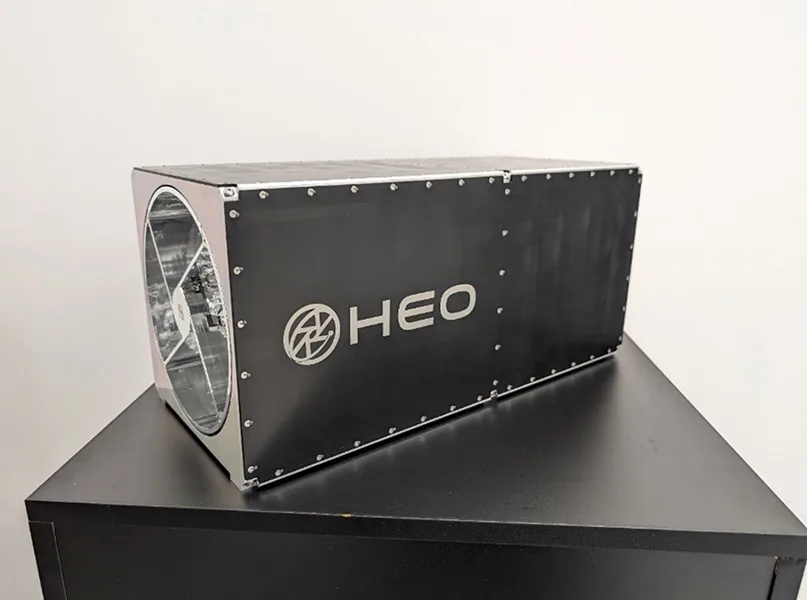
What trends are currently developing and transforming the industry, and how are you responding to them?
DL: Opportunities for Australia to work closely with international partners to support global space sector uplift are transforming our industry.
Space is a worldwide industry, and Australia has a range of advantages as an international partner in space activities.
Not only does Australia’s unique geography enable launches into multiple orbits, but it also has an established regulatory environment to support commercial launches and returns, as well as ground segment and space situational awareness capabilities that are enhanced by our position in the Southern Hemisphere.
Australia is already a close partner and ally of many like-minded nations. All these factors, and our world-class capability across the Australian space value chain, make our nation a natural space sector partner.
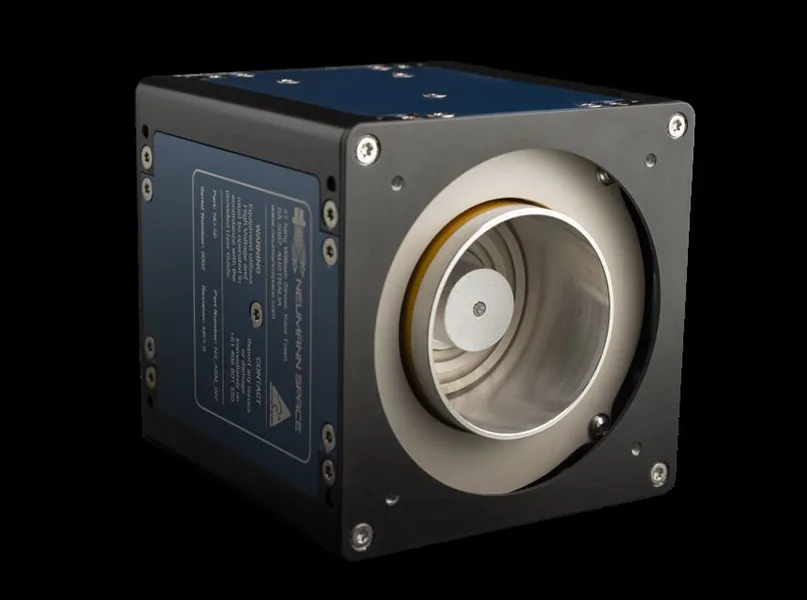
What key investments or recent projects are you working on?
DL: We’ve just successfully delivered our major annual conference, Southern Space, at the Avalon Airshow and are now focused on the biggest space event on the planet, the IAC, which we’re bringing to Sydney this September.
The eyes of the world will be on Australia, and I’m really looking forward to the recognition and momentum this will give our industry and government.
SIAA is also very focused on the development of a national Space Industry Academy to support pathways from education to careers and continuous professional development for Australian space sector professionals.
Our nation has extraordinary talent, and we want to do everything we can to ensure Australia maximises its potential and capability.
Finally, how do you see SIAA developing over the next five years, and what specific targets do you hope to achieve moving forwards?
DL: I see SIAA, the industry, and government all progressing on an accelerating path to scale and success.
There is a very good chance that we will look back in five years and say that 2025 was a pivotal year for space, delivering exponential socioeconomic benefits for Australia.
SIAA is really focused on delivering a successful IAC 2025 in Sydney this September in partnership with our co-hosts, the Australian Space Agency and NSW government.
This is a major catalyst for Australia to step up to the next level with even more ambitious goals across the industry and government. The country is teetering on the verge of transformational socioeconomic opportunities, and hosting IAC 2025 is the best way to ensure we don’t miss them.
SIAA is very focused on constructive long-term partnerships across the industry with government and international partners.
Recently, we published a long-term roadmap that suggests a range of important initiatives, including a refreshed national space strategy and targeted investments in areas where Australia leads the world, such as microgravity research.
We’re also very keen to inspire the nation by enabling the first astronaut to fly under an Australian flag, Katherine Bennell-Pegg, to do what she’s spent years training for.
Lastly, we hope to continue to grow our membership alongside accelerating our focus on the Indo-Pacific region.



